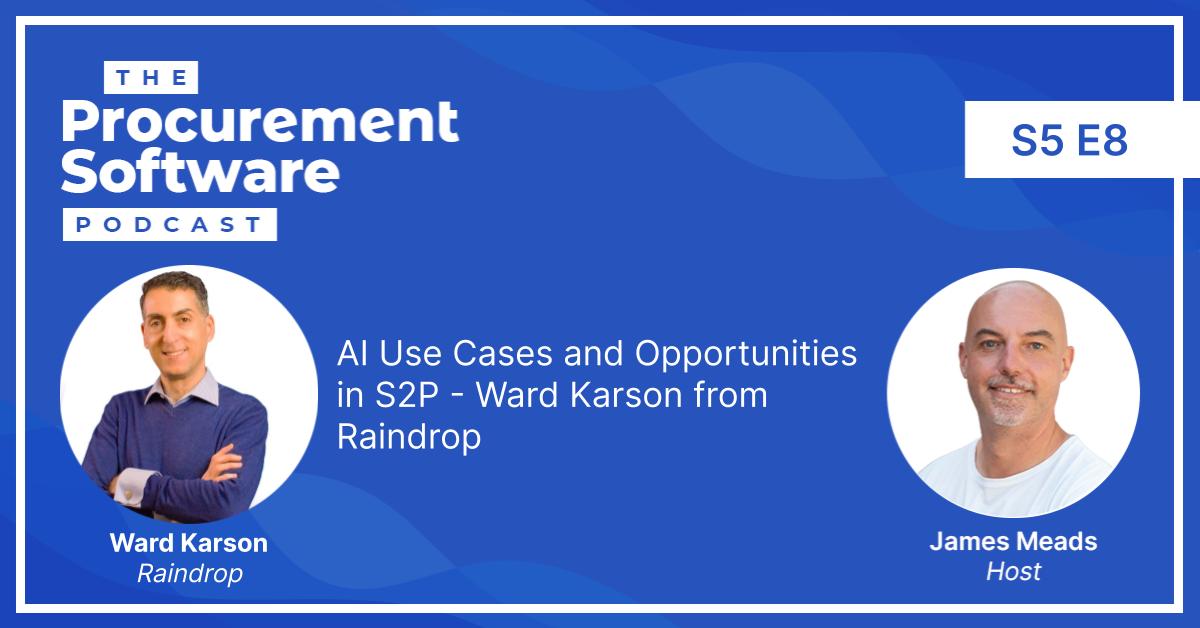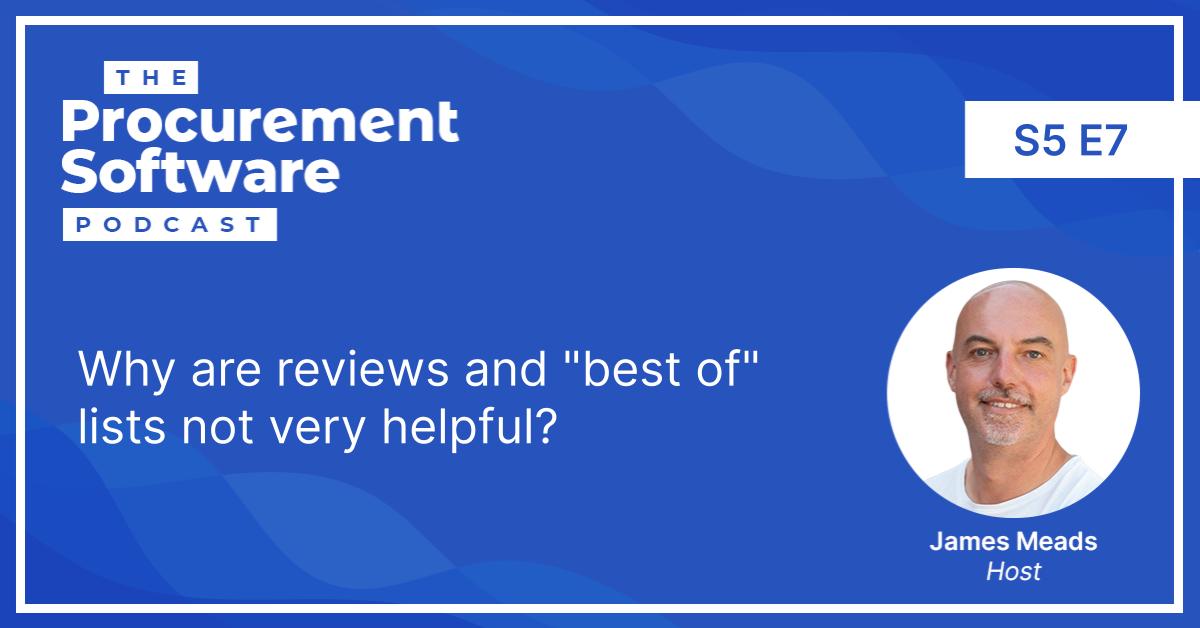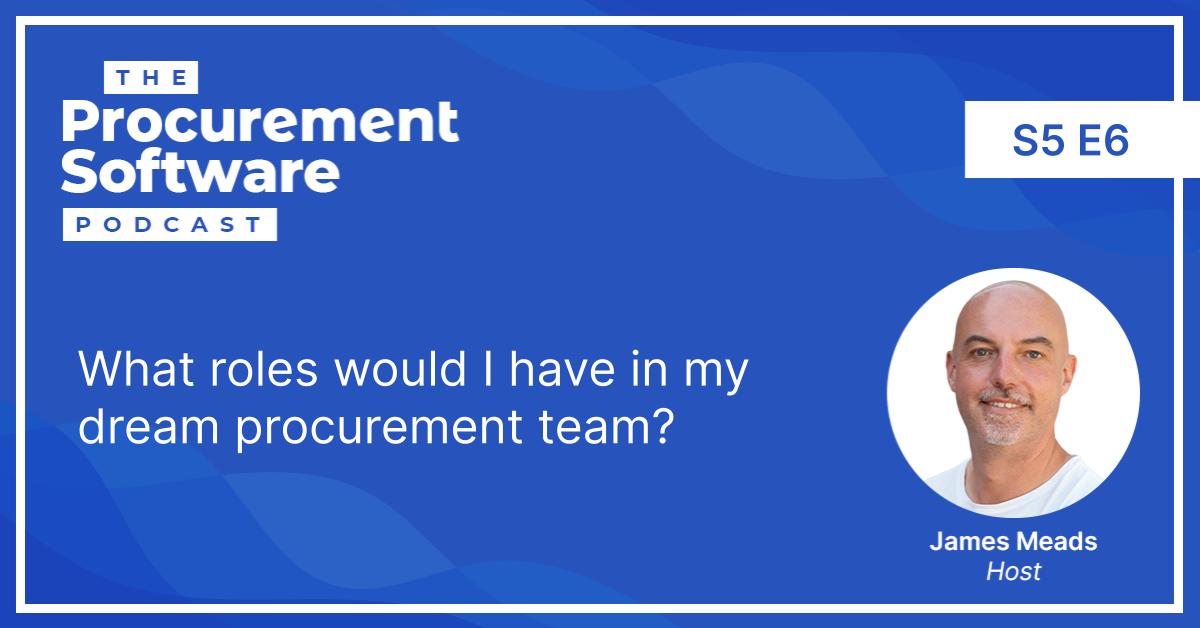Tactical, non-strategic spend is a time suck to pretty much every organisation, regardless of their size.
Managing this through traditional channels – i.e. ERP systems – is a cumbersome process for both the procurement professional who has to manage it, and the stakeholder who just wants a simple, user-friendly interface to be able to buy something.
Henning Hatje, Co-Founder and CEO of Berlin-based startup Lhotse is my guest on this week’s show.
He explains how their solution helps to simplify tactical, non-strategic and tail spend (we look into each of these definitions during the show, too!)
Simplifying and Automating Tactical Spend
Lhotse was founded in 2020 and is growing rapidly, having recently announced a €5 million seed round funding just before the show was recorded.
The fact that such a young company has managed to secure this kind of funding is tantamount to the need for a solution on how to manage tactical and tail spend.
Deloitte’s 2021 CPO Survey points towards more effective management of tactical spend
With companies under new pressure to operate leaner, smarter and faster, it’s little surprise that tactical and tail spend is coming under the microscope.
Operational efficiency topped the list of most urgent priorities among those surveyed for the 2021 Deloitte CPO Survey. Finding a more productive use of buyers’ time when it comes to the huge operational workload of dealing with non-strategic spend will no doubt be high on the wish list.
Tactical vs. tail spend?
There are many different definitions, and much if it is nuanced and dependent upon how different organisations see their spend.
Lhotse views “tactical spend” as:
- Being non-managed spend by procurement
- Predominantly indirect in nature
Whereas they see tail spend as:
- Also having some crossover with tactical spend
- But also encompassing “managed” areas of high volume, low value spend such as certain areas of MRO spend and office supplies which are often procured using punch-out catalogues
Much depends on the thresholds that companies use to define how tactical spend or tail spend is seen.
What typical policies exist for non-strategic spend?
These are some common scenarios for how non-strategic spend can fall through the cracks:
- Spend that falls below the threshold where competitive bidding is required – i.e. three bids, then a buy – clearly has a lot of untapped opportunity. Here, essentially, stakeholders can purchase from whomever they wish.
- Diligence with which a policy is enforced. Often this is dependent upon the perception or reputation of the procurement function internally, but also is heavily influenced by staffing levels within procurement teams and their (in)ability to manage all areas of spend.
There are massive differences between how these thresholds are applied – from very strict, low spend thresholds right the way through to enterprise level organisations in high profit industries which can sometimes have 6-figure sums considered as tactical spend.
When it comes to other ways of handling tail or tactical spend, Integrators and Business Process Outsourcing (BPO) are still common, but as Henning explains, they can often have flaws.
It can send the wrong message to stakeholders when low value spend is farmed out to an external organisation. But more importantly, there is now technology that can automate or semi-automate large parts of these processes.
This moves the organisation away from functionally managing a BPO or an integrator and instead towards a more strategic process of researching and integrating technology into the procurement function.
Other advantages of applying technology to this problem
Henning talks about the opportunities that a solution such as Lhotse can leverage existing data in your system to automate or semi-automate:
Lhotse can integrate system data into existing processes to give relevant supplier recommendations based on internal and external data points.
Using technology can also speed up the opportunity for supplier consolidation in indirect procurement on areas of tactical and tail spend, through trained algorithms and data points.
What other areas of the source-to-pay (S2P) cycle can be automated?
The single source of truth concept, and having the data in one central repository for posterity, can naturally drive additional efficiencies:
Supplier identification – the ability to identify a potential supplier, without the need for someone with historical experience to source a vendor. It may not be 100% accurate but will guide you along the right path.
Semi-automation of requisitioning process – technology can enable the human being the purchase requisition to be much more self-sufficient and effective in how they request something. The guided sourcing possibilities which are created by the historical data as well as the additional data points from Lhotse can remove the need for a procurement professional to be involved for the large part.
What will be the end game for tactical spend?
Henning agreed with me that the move towards self-service procurement will be unstoppable. However, he sees this process being slower than many do, and sees procurement as having an integral part to play in this role.
He also explains how he feels that procurement as a function will see an increased role as people are brought on board to bring about all of this change. These roles will be rather different from the category manager roles of today.
As we move towards a self-service model, the question is whether stakeholders will see this as a positive or a negative.
The benefits for Procurement?
The likelihood is that procurement will come out of this as a more up-skilled and strategic function, but it will be a period of intense change to bring this about.
Many procurement professionals today may not necessarily possess the skills necessary to
More agile processes will very likely replace the more rigid procedures to which many procurement organisations are adhering to at present.
This should also have an impact on user experience, for both buyer and stakeholder alike, as we move to a better designed B2B software experience!


